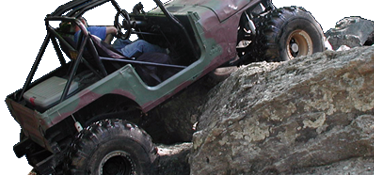MetalCraftSolved
Well-Known Member
- Joined
- Jun 20, 2010
- Location
- NC
I would recommend either not cutting out these windows, or at least making them an X or other triagular based form. The amount you have weakened it is exponentially greater than the weight you are saving.
View attachment 332828
I’m no train driver, but you are missing some material where the amount of greatest load is cantilevered. I foresee bent control arms in the future.
Revision needed or push the rear LCA rear some more to eliminate the cantilevered load.
Your material need in that plane stops at the first shock mount. This combined with HAZ from assembly is a poor recipe.
I see a weld tab with nothing underneath it. Need to change the pockets there, or move/delete the weld tab. Minor detail though, and easy to fix.
There's some other causes for concern for buckling as well, but this is not my project. I like the "torsion box" concept for the control arm though, kinda fun.
Also, what is the purpose of the long pocketed strip that's along the side at an angle? Is that to zip-tie hoses to or something?
Nope, not that one. The one in front of that.
Also, you should put a radius at the "V" between the two inboard legs, even if it's just a generous fillet in the top and bottom skin and not the bent plate pieces.. Else, the skins are going to crack there.
Okay, makes sense. I'd still move the weld tabs to the left and right of the unsupported area on top. If you're going to have a weld tab, make it do work. Else you're just adding a buckling point. Remember that if you're stressing the skin of the control arm to make a torsion box, you don't want to add unnecessary features that could add local stress.
You're doing a cool design, it just needs to be thought through a little more.
This is the culmination moving forward from what we last talked about. I suppose now, I need to make a decision on gussets around those runner intersections.

